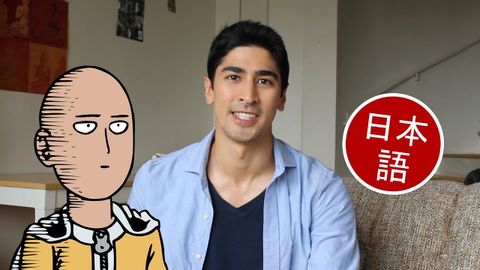なぜ日本語はこんなに難しいのか?(What Makes Japanese So Difficult? - BigBong)
神谷菜々子 が 2020 年 06 月 18 日 に投稿  この条件に一致する単語はありません
この条件に一致する単語はありませんUS /prəˌnʌnsiˈeʃən/
・
UK /prəˌnʌnsiˈeɪʃn/
- n. (c./u.)発音;正確な発音;発音の仕方;発音ガイド
US /ˈɑbviəs/
・
UK /ˈɒbviəs/
US /ˈkɑnˌtɛkst/
・
UK /ˈkɒntekst/
US /ˈkɑnˌtɛnt/
・
UK /'kɒntent/
- adj.満足している;満足した
- n. (c./u.)内容;主題;コンテンツ;満足;コンテンツ;含有量
- v.t.満足させる
- v.i.同意する
エネルギーを使用
すべての単語を解除
発音・解説・フィルター機能を解除
